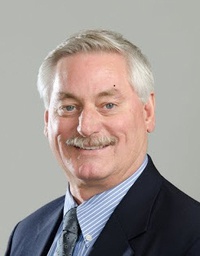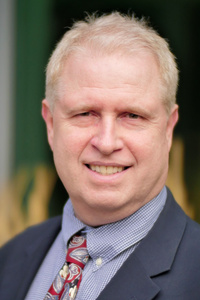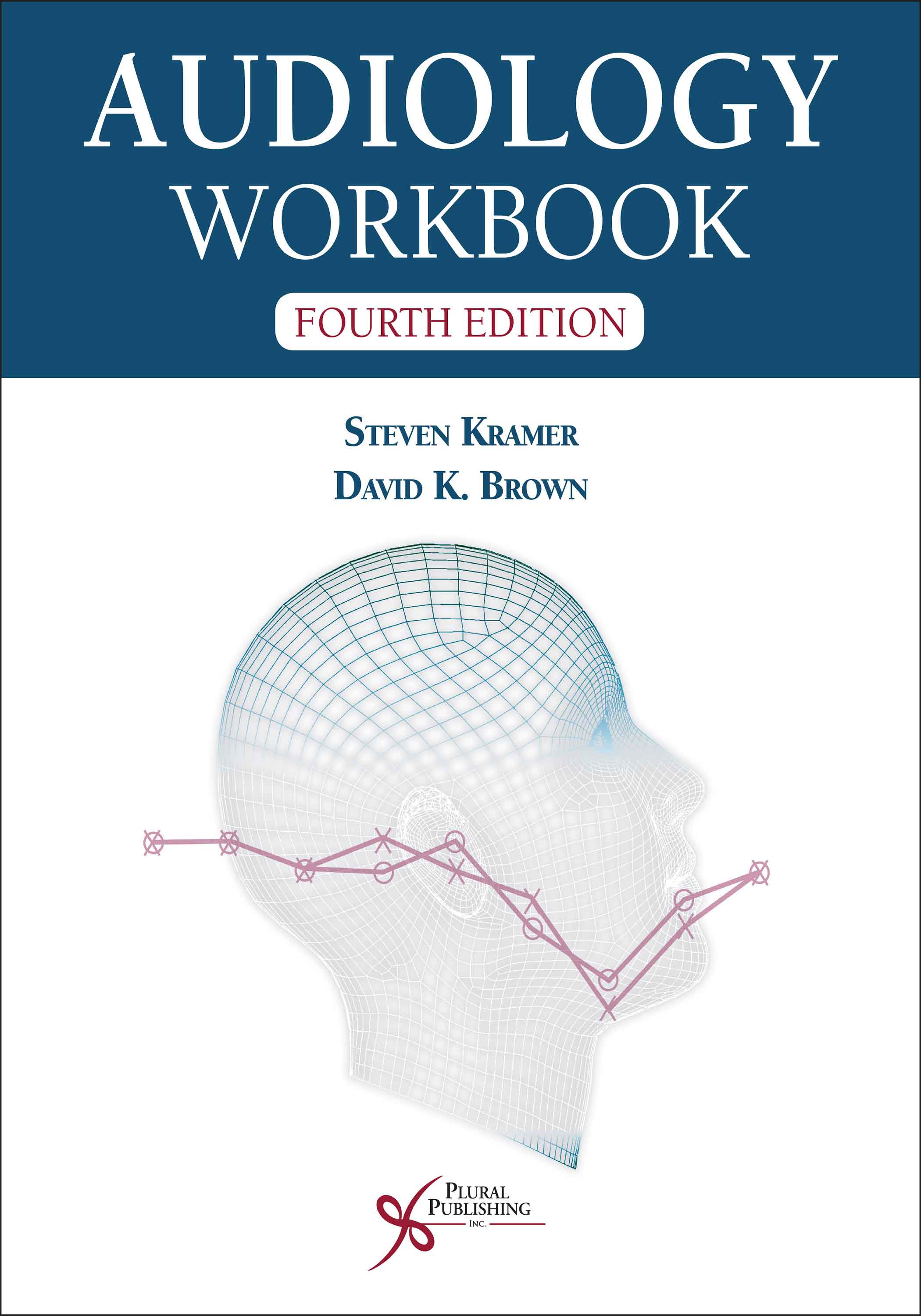
Audiology Workbook
Fourth Edition
Steven Kramer, David K. Brown
Details: 437 pages, B&W, Spiral Bound, 8.5" x 11"
ISBN13: 978-1-63550-348-7
© 2023 | Available
For Instructors
Purchase
Audiology Workbook, Fourth Edition is a companion study aid to the textbook, Audiology: Science to Practice, Fourth Edition. It can also serve as an appropriate supplement to other introductory audiology textbooks or class lectures. The Audiology Workbook focuses on exercises and questions in hearing and vestibular science and audiology clinical principles and procedures that are beneficial for students in an undergraduate communication science and disorders program and those in a graduate-level AuD program. It is also a great study resource for the Audiology Praxis Exam.
The fourth edition is composed of an abundance of questions and activities designed to reinforce students’ knowledge of concepts and procedures that are, traditionally, difficult to master. There are questions and activities on 1) properties of sound, such as drawing waveforms; calculating frequencies/periods, amplitudes, and phases, 2) anatomy and physiology of the auditory and vestibular systems, including diagrams to label, 3) procedures for obtaining pure-tone thresholds and interpreting/describing audiograms, 4) masking for pure-tone and speech tests, 5) performing and interpreting speech test, tympanograms, wideband acoustic immittance, and acoustic reflexes, 6) understanding and interpreting evoked physiologic responses, including OAEs, ABRs, and VEMP, 7) clinical case studies for common hearing and balance disorders, and 8) treatment, including hearing aids, implantable devices, cerumen management, tinnitus, and aural (re)habilitation.
The exercises are comprehensive and designed so they may be solved with relatively short answers and useful for group discussion. The popular exercises from previous editions have been retained, updated, and expanded, including those on audiogram interpretation, masking, immittance, and case studies. Comprehensive answers are also included for each chapter.
New to the Fourth Edition
- Expanded exercises on the scientific foundations from the previous edition as well as new questions added on wavelength, resonance, decibels, signal-to-noise ratio, complex vibrations, stages of transduction through the auditory system, and psychoacoustics.
- Many new and revised figures of auditory and vestibular anatomy.
- New exercises related to clinical topics, including preparation for patient testing, case history, wideband acoustic immittance and evoked physiologic responses.
- New chapter with exercises on hearing aids, assistive listening technologies (HATS), and implantable devices.
- Each chapter now ends with a set of multiple-choice questions.
Preface
Acknowledgements
Exercises and Questions
1 Properties of Sound and Speech Acoustics
2 Anatomy of the Auditory and Vestibular Systems
3 Functions of the Auditory and Vestibular Systems
4 Preparation for Testing and Pure-Tone Audiometry
5 Audiogram Interpretation
6 Speech Audiometry
7 Clinical Masking
8 Immittance
9 Evoked Physiologic Responses from the Auditory and Vestibular Systems
10 Screening for Hearing and Balance Disorders
11 Disorders of the Auditory and Vestibular Systems
12 Case Studies
13 Treatment of Hearing and Balance Disorders
Answers
1 Answers for Properties of Sound and Speech Acoustics
2 Answers for Anatomy of the Auditory and Vestibular Systems
3 Answers for Functions of the Auditory System and Vestibular Systems
4 Answers for Preparation for Testing and Pure-Tone Audiometry
5 Answers for Audiogram Interpretation
6 Answers for Speech Audiometry
7 Answers for Clinical Masking
8 Answers for Immittance
9 Answers for Evoked Physiologic Responses from the Auditory and Vestibular Systems
10 Answers for Screening for Hearing and Balance Disorders
11 Answers for Disorders of the Auditory and Vestibular Systems
12 Answers for Case Studies
13 Answers for Treatment of Those with Hearing Loss
References
Errata for Audiology Workbook, Fourth Edition
By Steven Kramer, PhD, and David K. Brown, PhD
In the Answers Section for Chapter 9 (p. 386; 9.27B) the Directional Preponderance Formula/Calculation should be as shown below.
[(RW + LC) – (LW + RC) / (RW + LC + LW + RC)] x 100
[(10 + 34) – (30 + 13) / (10 +34 + 30 + 13)] x 100 = 1.1%
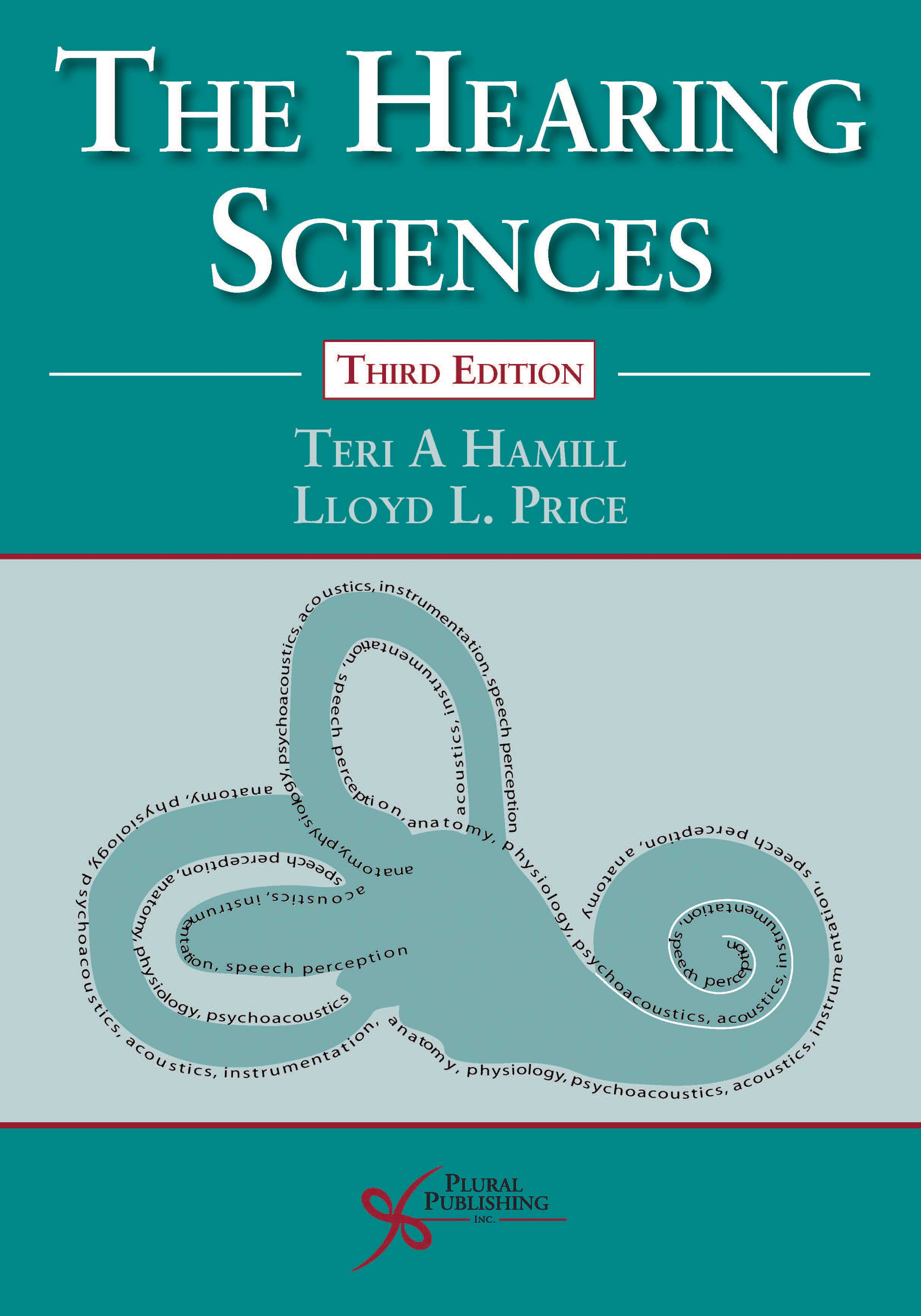
The Hearing Sciences
Third Edition
Teri A. Hamill, Lloyd L. Price
Details: 637 pages, B&W, Softcover, 8.5" x 11"
ISBN13: 978-1-94488-363-8
© 2019 | Available

Comprehensive Dictionary of Audiology: Illustrated
Third Edition
Brad A. Stach
Details: 349 pages, B&W, Softcover, 7" x 10"
ISBN13: 978-1-94488-389-8
© 2019 | Available

Basic Fundamentals in Hearing Science
First Edition
Tony L. Sahley, Frank E. Musiek
Details: 704 pages, B&W, Hardcover, 7" x 10"
ISBN13: 978-1-59756-549-3
© 2016 | Available
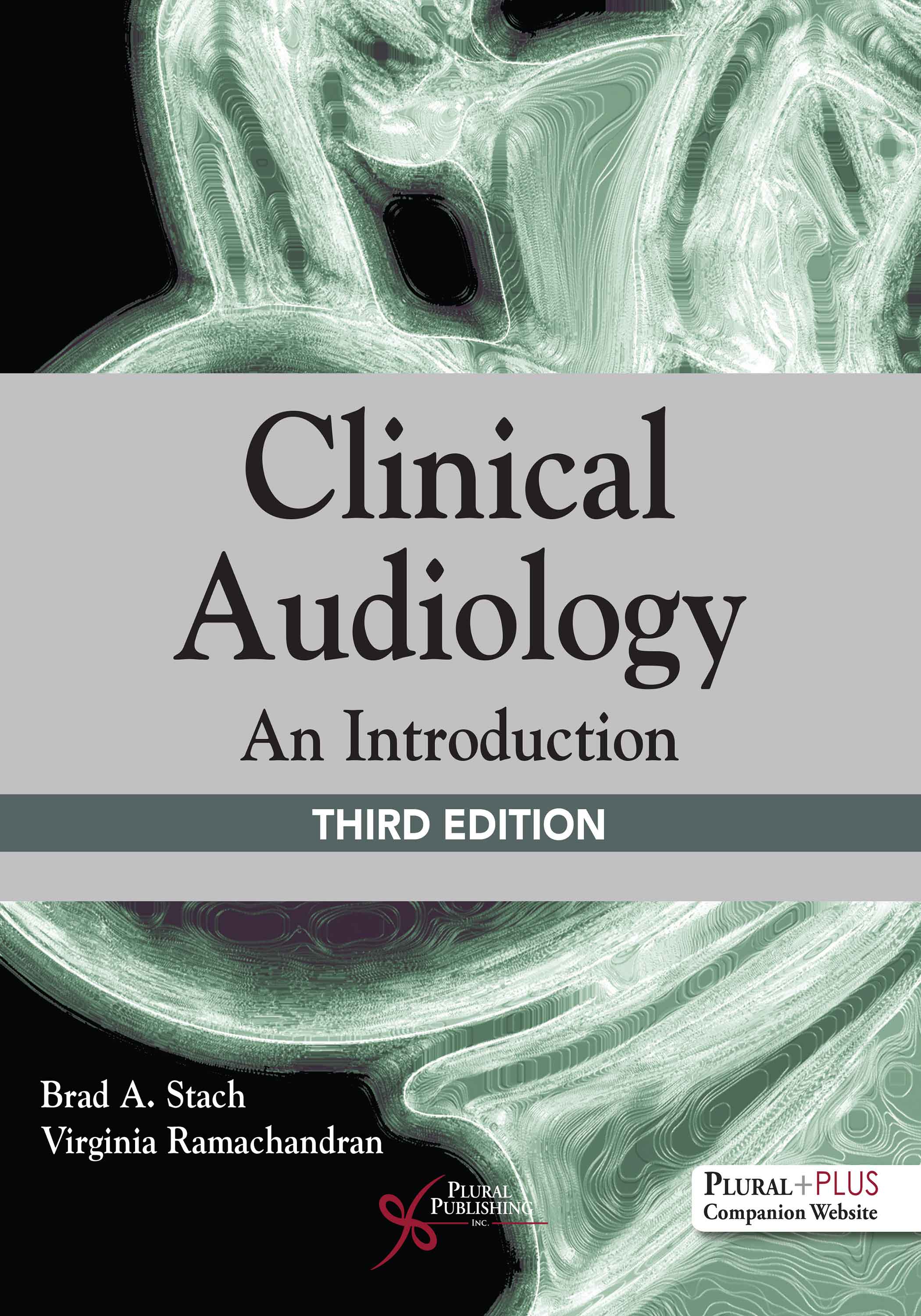
Clinical Audiology: An Introduction
Third Edition
Brad A. Stach, Virginia Ramachandran
Details: 575 pages, 2-Color, Hardcover, 8.5" x 11"
ISBN13: 978-1-94488-371-3
© 2022 | Available

Hearing Science Fundamentals.
Second Edition
Norman J. Lass, Jeremy J. Donai
Details: 370 pages, 2-Color, Softcover, 7" x 10"
ISBN13: 978-1-63550-328-9
© 2023 | Available

Audiology: Science to Practice
Fourth Edition
Steven Kramer, David K. Brown
Details: 487 pages, 2-Color, Softcover, 8.5" x 11"
ISBN13: 978-1-63550-346-3
© 2023 | Available
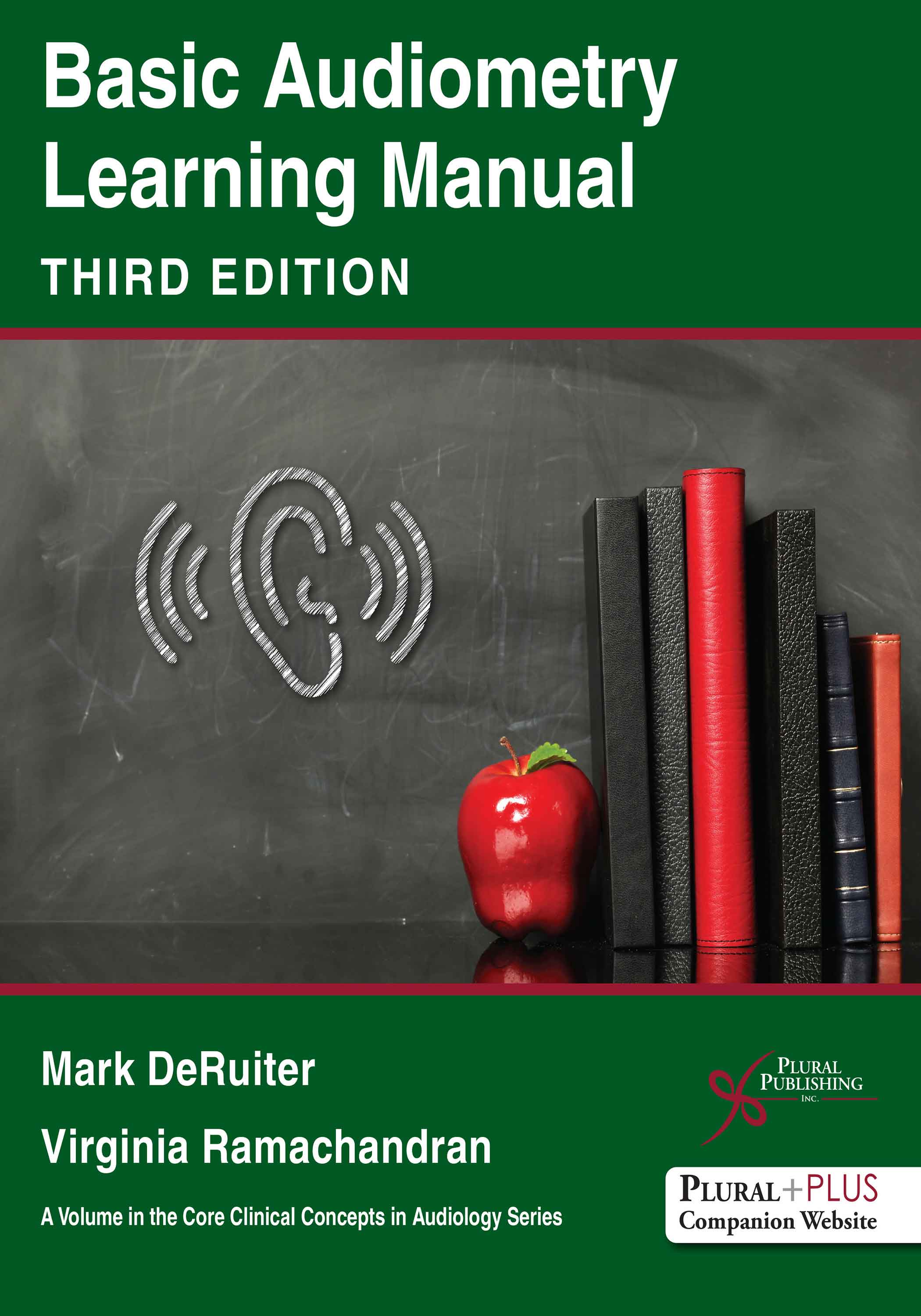
Basic Audiometry Learning Manual
Third Edition
Mark DeRuiter, Virginia Ramachandran
Details: 231 pages, 2-Color, Softcover, 8.5" x 11"
ISBN13: 978-1-63550-371-5
© 2023 | Available

Audiology Review: Preparing for the Praxis and Comprehensive Examinations
First Edition
Jeremy J. Donai, Katharine Fitzharris
Details: 610 pages, B&W, Softcover, 8.5" x 11"
ISBN13: 978-1-63550-552-8
© 2024 | Available

